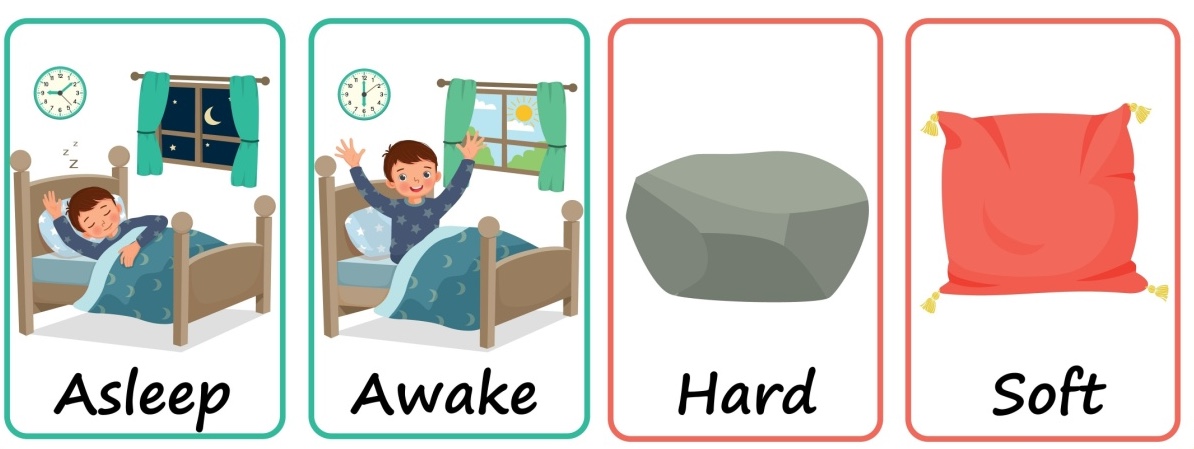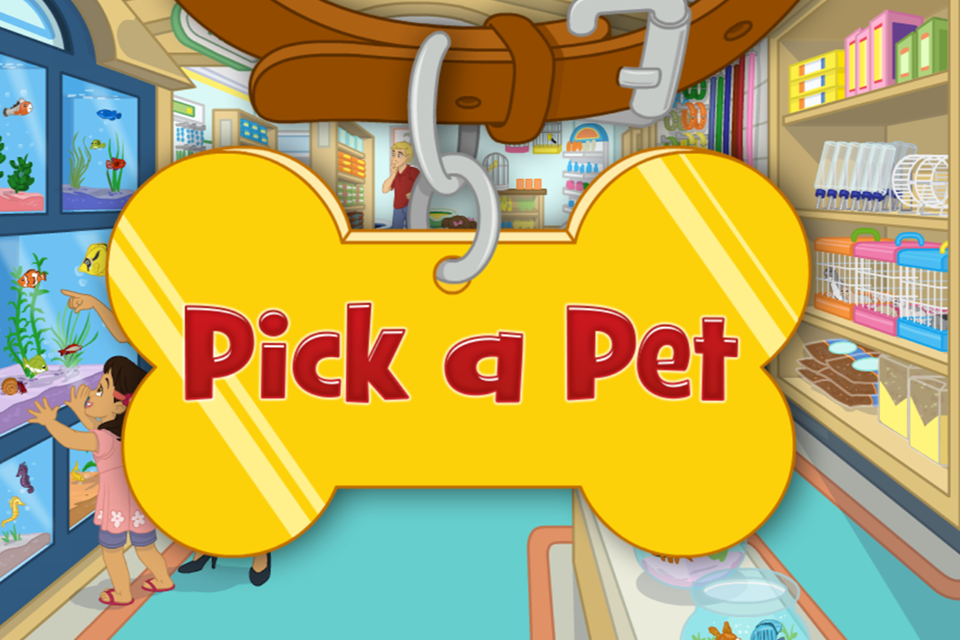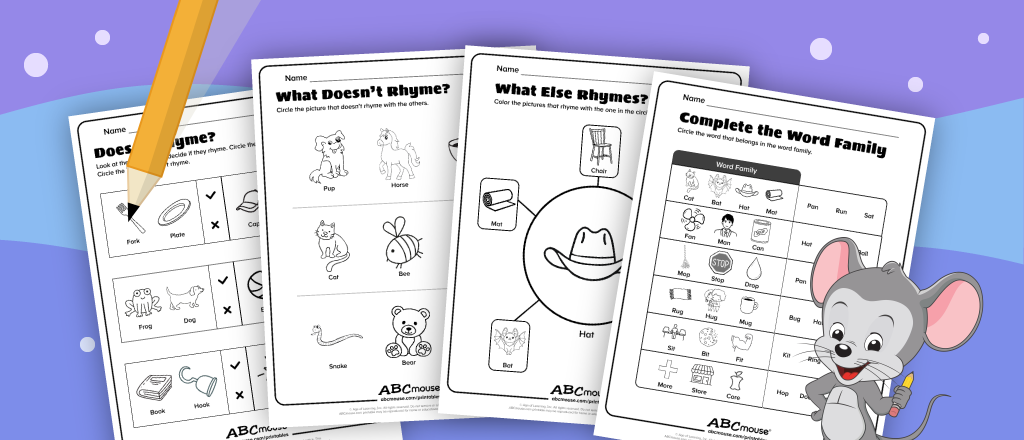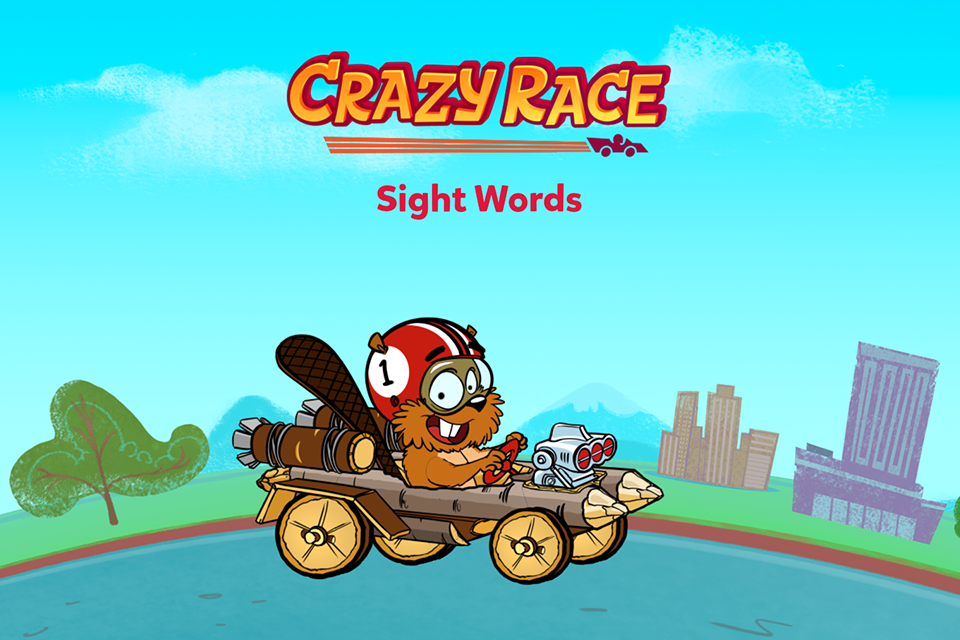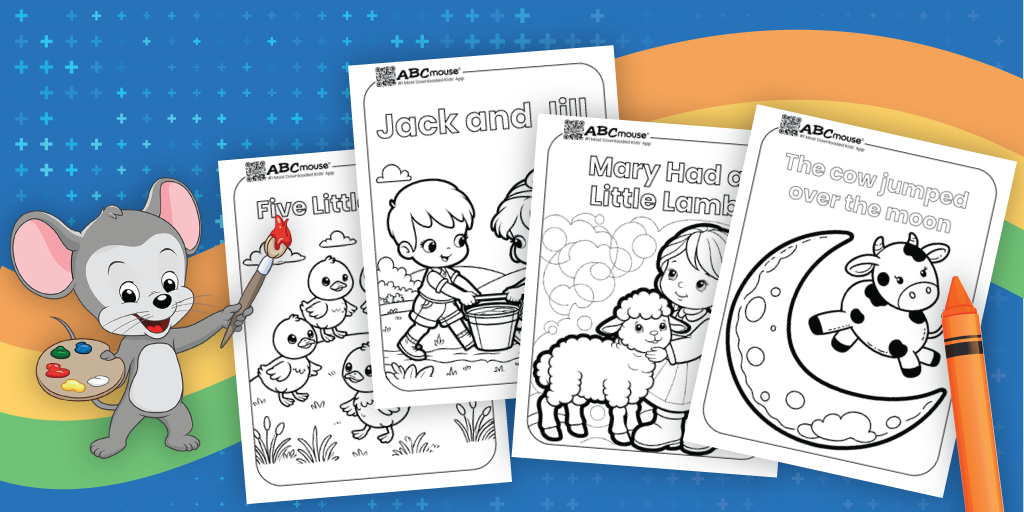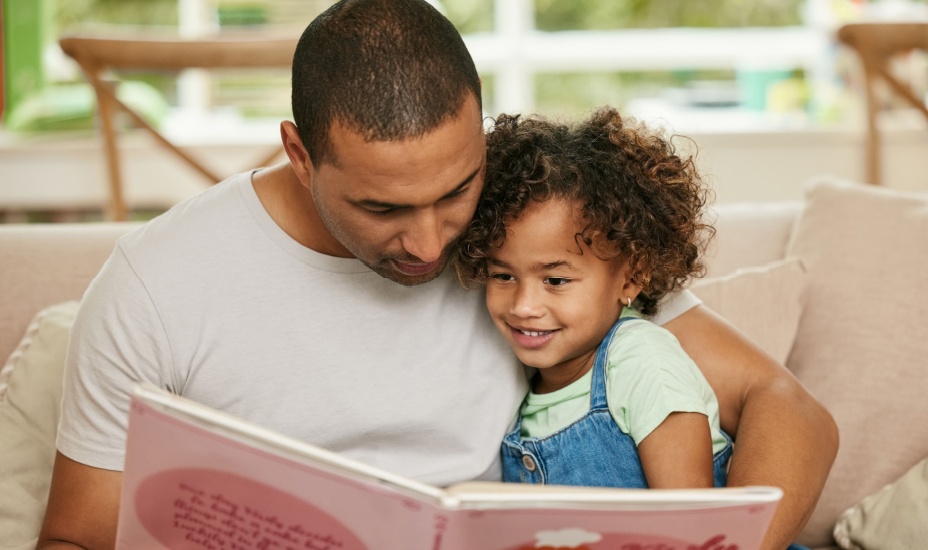A Guide to Rhyming Couplets for Kids: Definition and Examples
Share
Rhyming couplets are found in poetry, song lyrics, and many children’s books. Learn what they are, plus get examples and fun learning activities for your child.
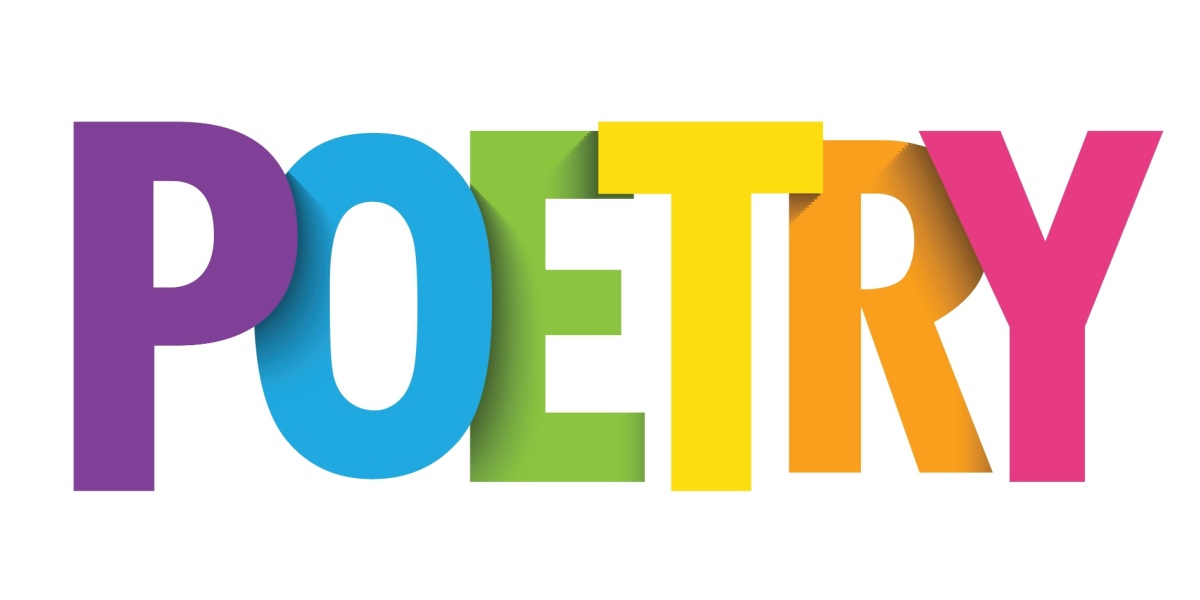
What is a Rhyming Couplet?
In poetry, a couplet is any two sets of lines that go together. Sometimes the two lines complete a single thought. Other times, they’re linked by the rhyme at the end of the line. That’s the definition of a rhyming couplet: Two lines of poetry that go together, ending in the same rhyme.
Rhyming Couplet Example:
Little Miss Muffet
Sat on her tuffet
Often these lines share the same rhythm (known as meter) or have the same number of syllables, but they don’t necessarily have to. The key is the rhyming words at the end of the lines.
Basic Types of Rhyming Couplets
There are many specific types of rhyming couplets, often based on the number of syllables or poetic meter that the author uses. (Examples include elegiac couplets and heroic couplets.) Students don’t usually learn about these until they take more advanced literature classes. In elementary school, students may learn about two basic couplet types: open and closed.
Closed Rhyming Couplet
In a closed couplet, each line can stand on its own as a complete sentence. The lines both usually end with the type of punctuation found at the end of a sentence, like a period, question mark, or exclamation point.
Closed Rhyming Couplet Example:
Humpty Dumpty sat on a wall.
Humpty Dumpty had a great fall.
Open Rhyming Couplet
In an open couplet, the first line is not a complete sentence. Instead, the sentence is finished by the second line. The first line may end with a comma or have no punctuation. The second line usually has the type of punctuation found at the end of a sentence.
Open Rhyming Couplet Example:
All the king’s horses and all the king’s men
Couldn’t put Humpty together again.
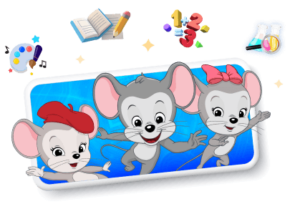
Then just $14.99/mo. until canceled
What Types of Poetry Use Rhyming Couplets?
Rhyming couplets are generally used in more traditional types of poetry. Limericks are one poem known for their use of couplets in the third and fourth lines.
Limericks
Limericks are one poem known for their use of couplets in the third and fourth lines.
Example:
There was an Old Man with a beard,
Who said, ‘It is just as I feared!
Two Owls and a Hen,
Four Larks and a Wren,
Have all built their nests in my beard!’

Sonnets
Another type of poetry that often ends in a couplet are Shakespearean sonnets. In fact, Shakespearean sonnets always end in a rhyming couplet.
Example, from Sonnet 30:
But if the while I think on thee, dear friend,
All losses are restored, and sorrows end.
Children’s Poems
You’ll often find rhyming couplets in light-hearted poems meant for children. Many rhyming books for kids use rhyming couplets too. Dr. Seuss was especially well-known for his clever couplets.
Example: Goodnight, Frog!
I saw a frog jump on my bed.
He blinked at me and shook his head.
He said, “I need a place to stay,
Just for now—I’ll hop away!”
I laughed and said, “You silly guy,
A bed’s no place for frogs to lie!”
But then he yawned and stretched out wide,
And snuggled right up by my side!

Song Lyrics
Another common use for rhyming couplets is in song lyrics. Listen to songs with your child and look for examples of two consecutive lines that end in the same rhyme.
Example
Twinkle, twinkle, little star
How I wonder what you are
Famous Poems with Rhyming Couplets
Farewell to the Farm
by Robert Louis Stevenson
The coach is at the door at last;
The eager children, mounting fast
And kissing hands, in chorus sing:
Good-bye, good-bye, to everything!
To house and garden, field and lawn,
The meadow-gates we swang upon,
To pump and stable, tree and swing,
Good-bye, good-bye, to everything!
And fare you well for evermore,
O ladder at the hayloft door,
O hayloft where the cobwebs cling,
Good-bye, good-bye, to everything!
Crack goes the whip, and off we go;
The trees and houses smaller grow;
Last, round the woody turn we sing:
Good-bye, good-bye, to everything!
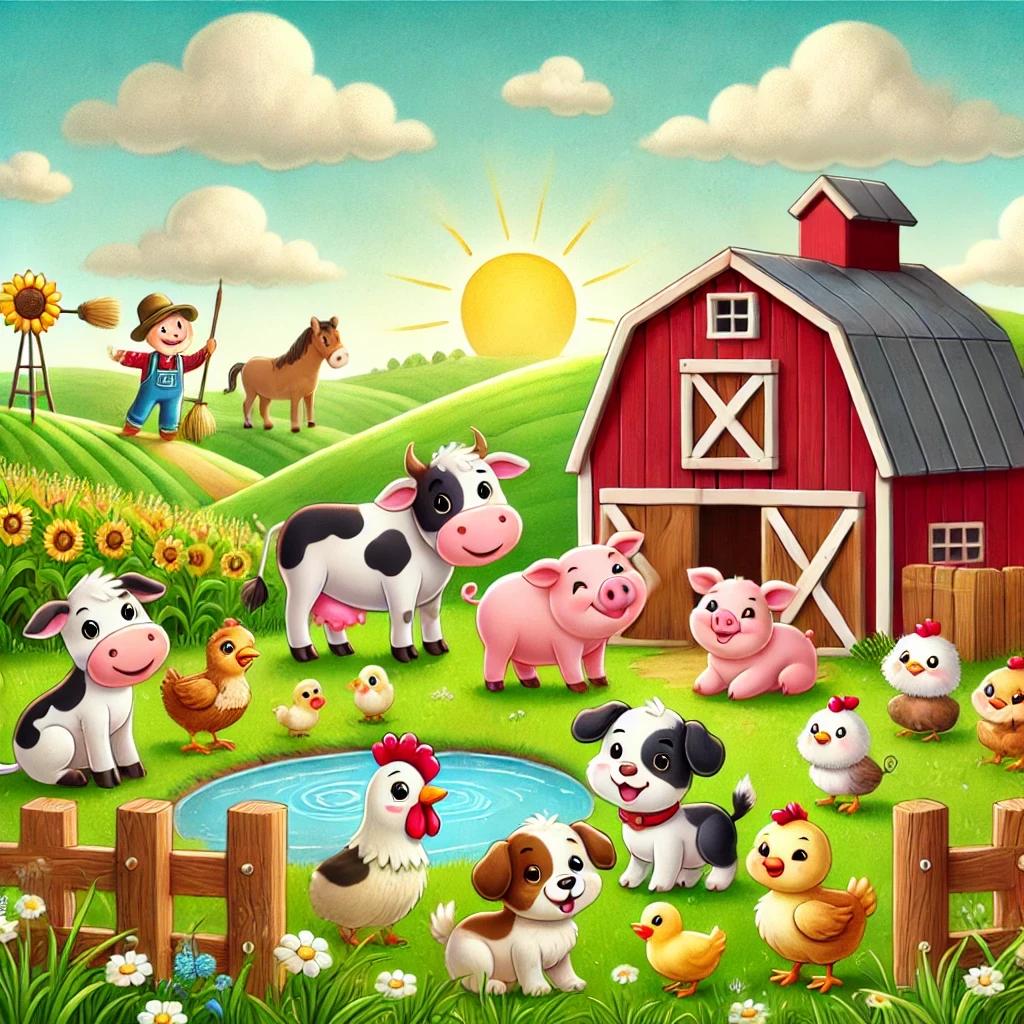
Eletelephony
by Laura E. Richards
Once there was an elephant,
Who tried to use the telephant—
No! No! I mean an elephone
Who tried to use the telephone—
(Dear me! I am not certain quite
That even now I’ve got it right.)
Howe’er it was, he got his trunk
Entangled in the telephunk;
The more he tried to get it free,
The louder buzzed the telephee—
(I fear I’d better drop the song
Of elephop and telephong!)
Rhyming Couplet Activities for Kids
In addition to reading poems that use couplets, try these fun learning activities with your child.
Guess the Rhyming Word
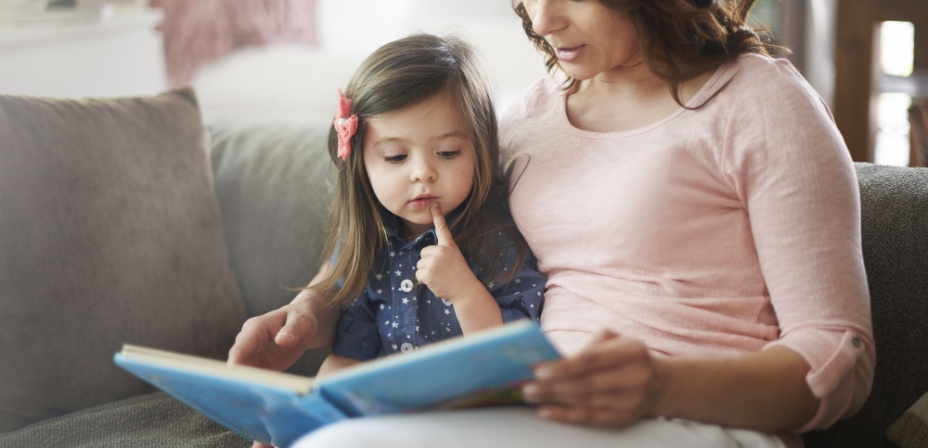
Read a couplet out loud, but stop before you get to the final word. See if your child can guess what it will be, using the context from what they’ve already heard. Remember that it has to rhyme with the last word of the previous line. Our list of rhyming books for children can provide great resources for stories with rhyming couplets!
Rhyming Couplet Matchup
Write the lines from rhyming couplets on separate cards, one line per card. Then mix them up, and see if your child can match them all up correctly. Use our list of rhyming poems to help with this activity.
Create Couplets Using Rhyming Word Pairs
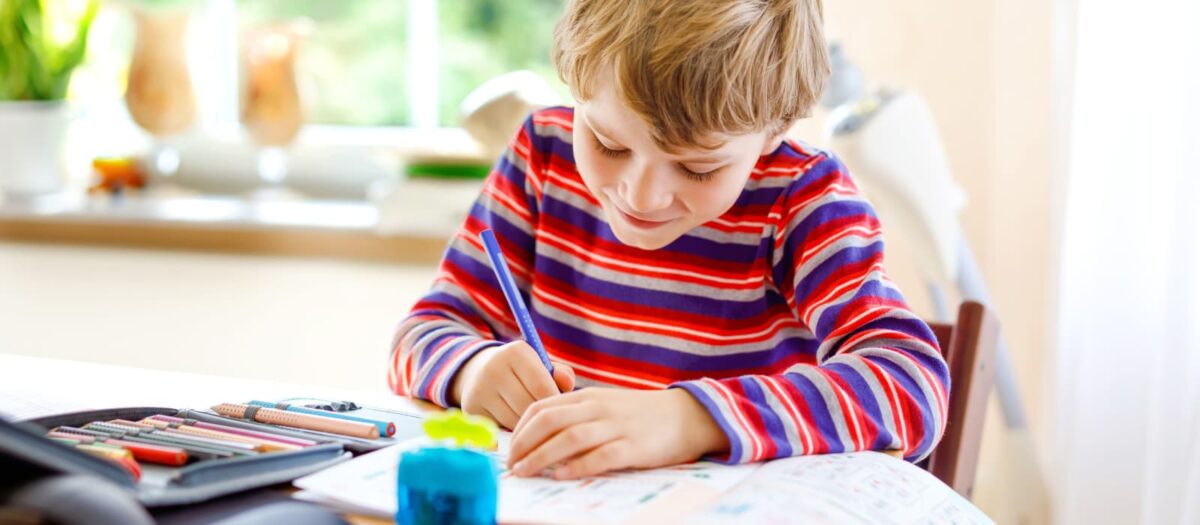
Give your child a topic and a pair of rhyming words, and ask them to compose their own couplet. For example, you could tell them the topic is “basketball,” and the rhyming words they must use are “jump/bump.”
Their couplet could be:
I bounced the ball and took a jump,
Then fell and landed with a bump.
Call and Response Couplets
The first person makes up the opening line of a couplet, and tells it to their partner. Their partner must come up with a clever rhyming second line. Make this even more fun by putting a time limit on it!
ABCmouse Rhyming Games
Give our expert-designed learning games a try to help your child flex their rhyming muscles! These games are terrific for helping kids learn rhyming word pairs, the foundation of all rhyming couplets.
Rhyming Words Memory Match: Flip two cards on the grid and look for rhyming pairs. When you make a match, the cards disappear!
Alice’s Word Rhyme: Help Alice teach monsters rhyming sight words. As the monsters hold up their sight word cards, choose the one that rhymes with the word Alice says.
Complete Access to our Rhyming Resources Hub
ABCmouse’s Free Rhyming Resource Hub offers fun activities, games, books, and printables to help kids build phonemic awareness and a love for language.
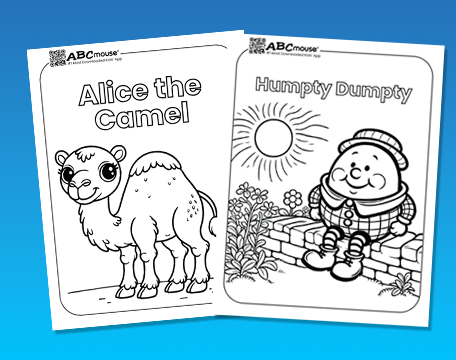
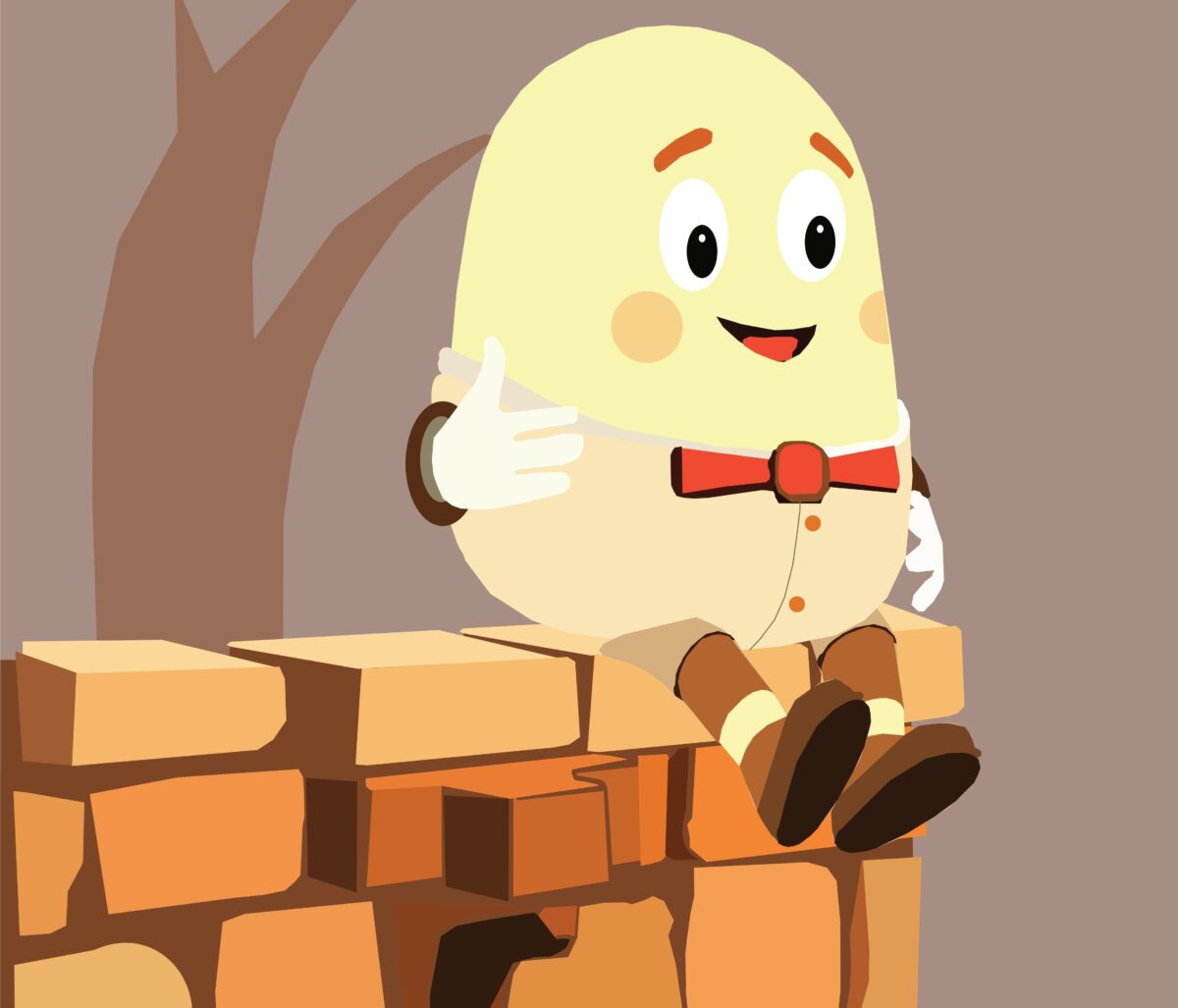
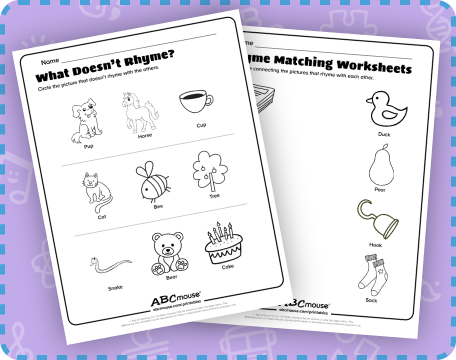
With rhyming riddles, poems, and interactive games, children can explore rhyming in playful ways. The hub also includes teaching tips and creative writing activities for toddlers through early elementary students.
Complete Access to our Rhyming Resources
ABCmouse’s Free Rhyming Resource Hub offers fun activities, games, books, and printables to help kids build phonemic awareness and a love for language.
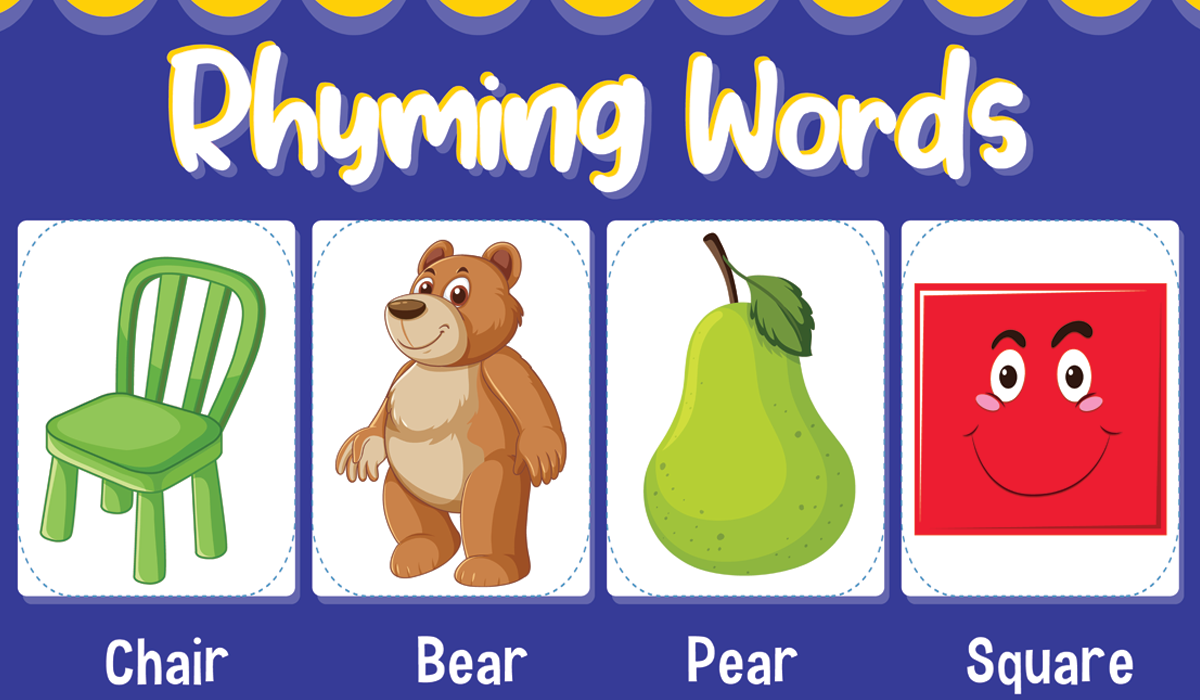
With rhyming riddles, poems, and interactive games, children can explore rhyming in playful ways. The hub also includes teaching tips and creative writing activities for toddlers through early elementary students.
#1 Downloaded Kids’ Education App in the U.S.
The ABCmouse app has so much to offer! You and your child will find 10,000+ games and activities designed by curriculum experts to nurture math and reading skills, along with an extensive digital library and so much more. Our research-back curriculum focuses on preschoolers through second graders.
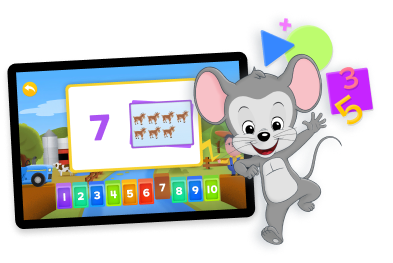

Then just $14.99 a month until canceled
Related Posts…
-
Pick a Pet
Pick a Pet is a fun reading game where kids match animals to their correct labels, boosting word recognition and spelling skills. Play and learn with…
-
Free Rhyming Worksheets for Kids – Download & Print Now
Find free printable rhyming worksheets for kids ages 2-8! Fun, engaging activities to boost early literacy skills. Perfect for classrooms or at-home learning.
-
Crazy Race – Sight Words
Boost early reading skills with Crazy Race: Sight Words! Kids pick a racer and speed to the finish by selecting the correct sight words in this…
-
Free Printable Nursery Rhymes Coloring Pages
Download free printable nursery rhyme coloring pages! Fun, engaging activities featuring classic rhymes to boost creativity and early literacy skills for kids.
-
Rhyming Schemes for Kids with Examples
Learn what a rhyme scheme is, see examples from poems and nursery rhymes, and discover fun activities to help kids recognize and practice rhyming patterns.



